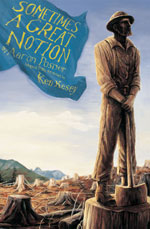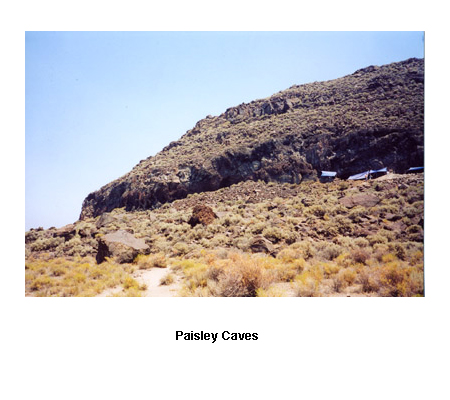A few random events that caught our eye.
 Is writing about visual art just getting worse and worse? That’s what Eric Gibson, the Wall Street Journal’s Leisure and Arts feature editor, contends
Is writing about visual art just getting worse and worse? That’s what Eric Gibson, the Wall Street Journal’s Leisure and Arts feature editor, contends
in a column today. Look, I know what he means, and I don’t disagree with his primary charges (actually, he employs several other writers to make his case for him) — that arts writing often takes hundreds, if not thousands, of messy, imprecise words to make the very simplest points. Use fewer words and/or have better thoughts.
But I don’t buy the conclusions he draws from reading impenetrable criticism (the Whitney Biennial catalog is the case study). First, he blames the “unwitting” Marcel Duchamp for the current state of affairs. Come on, was Duchamp ever unwitting about anything? Gibson suggests that Duchamp introduced “philosophy” into “art,” and that gave critics the license to abandon good old-fashioned aesthetics for philosophical riffs. Decay then set it. Then obfuscation. We note that Gibson uses the word riff here as a pejorative, and so Art Scatter must take offense. After all, we are nothing if not a collection of riffs! We’re just trying to make the clear riffs, no matter how half-baked. And we love to read riffing in others, something maybe that applies Lacan, say, to Invasion of the Body Snatchers: Long live Slavoj Zizek!

Admittedly, since the recent discovery of very early human DNA in the Paisley Caves of south-central Oregon, which we, um, riffed on in Cave doings, Art Scatter has had artifacts on its mind. So, we were attracted to the announcement yesterday that Peruvian researchers have counted more than 40,000 objects in the collection of Machu Picchu artifacts taken by Hiram Bingham in the early 1900s (after he “re-discovered” the site) and delivered to his alma mater, Yale University. That would be about 10 times what Yale said it possessed. The university and Peru reached a complex agreement last year that involves repatriation of the objects, the construction of a museum, research rights for Yale, etc., and the first step was this cataloging. So, it’s too bad things that Peru has reason to be immediately distrustful of Yale, still, more than a century later. Just for the record: Our new arts-based foreign policy initiative would have directed the U.S. to help Peru preserve, study, display and otherwise broadcast its Incan art heritage once we learned about it, not colonize the best bits. Here’s hoping, along with Eliane Karp-Toledo (writing in the Times in February), that Yale acts responsibly from here on out.
Continue reading Joplin, Ditto, Duchamp, Machu Picchu, more!
 Yesterday, Art Scatter thought about replacing whatever constitutes the guiding principle of U.S. foreign policy (I know, we don’t really have one, a guiding principle, I mean) with a new one — the preservation, encouragement and support of art-making around the world. Today, we move from the global to the local and dream about what would happen if our city (in this case Portland, Oregon) did the same thing and organized itself around the same idea.
Yesterday, Art Scatter thought about replacing whatever constitutes the guiding principle of U.S. foreign policy (I know, we don’t really have one, a guiding principle, I mean) with a new one — the preservation, encouragement and support of art-making around the world. Today, we move from the global to the local and dream about what would happen if our city (in this case Portland, Oregon) did the same thing and organized itself around the same idea.  1. Art Scatter reader
1. Art Scatter reader 

 Dismantling Paradise is hard work. Accomplishing it by proxy, such as in writing a novel, also takes its toll. Perhaps that’s why
Dismantling Paradise is hard work. Accomplishing it by proxy, such as in writing a novel, also takes its toll. Perhaps that’s why  The findings in the
The findings in the